Today was a key day in the Nome section of the trip with one of the star birds to see. We were up early and headed up the Kougarok Road to Mile Post 72 we arrived at around 06:00. This site is known as the Coffee Dome, the summit of this relatively small hill is just about the only accessible site to see Bristle-thighed Curlew on its breeding grounds.
We arrived to rather over cast conditions and as I opened the car I heard a distinctive penny-whistle like wader call, I had listed to this call on numerous occasions and knew immediately that this was a Bristle-thighed Curlew, we piled out of the car and then flying high from the right side of the road over to the Coffee Dome were two birds in display flight.
Absolutely fantastic and an amazing sounding call. The birds flew over and landed on the summit of Coffee Dome so we kitted up and climbed the hill to see these birds. It was a mile or so climb over fairly tussocky terrain, on the way-up we saw Willow Ptarmigan, American Golden Plover and Hudsonian Whimbrel.
After a couple of hours traversing the summit of Coffee Dome and just about to give up Barry located the pair of Bristle-thighed Curlew and we enjoyed good views for around an hour before descending.
Willow Grouse – Coffee Dome, Nome
Willow Grouse – Coffee Dome, Nome
American Golden Plover – Coffee Dome, Nome
Hudsonian Whimbrel – Coffee Dome, Nome
Lapland Bunting – Coffee Dome, Nome
Bristle-thighed Curlew (female) – Coffee Dome, Nome
Bristle-thighed Curlew (female to the left) – Coffee Dome, Nome
Bristle-thighed Curlew (female to the right) – Coffee Dome, Nome
Bristle-thighed Curlew (female to the rear) – Coffee Dome, Nome
Bristle-thighed Curlew (female) – Coffee Dome, Nome
Bristle-thighed Curlew (male) – Coffee Dome, Nome
Bristle-thighed Curlew (female) – Coffee Dome, Nome
A few stops on the way back to Nome produced Golden-crowned Sparrow and Red Fox Sparrow while Arctic Warbler and Bluethroat were both new for the trip and both near to Salmon Lake Campground at Mile Post 39, these species are amazing occurences as breeding birds in Alaska as presumably these birds winter in Asia and migrate across the Bering Sea to reach their breeding grounds.
Golden-crowned Sparrow – Salmon Lake Campground, Nome
Red Fox Sparrow – Salmon Lake Campground, Nome
Arctic Warbler – Salmon Lake Campground, Nome
American Robin – Salmon Lake Campground, Nome
American Tree Sparrow – Salmon Lake Campground, Nome
Bluethroat of red-spotted race svevica which breeds from Scandinavia east to Alaska and NW Canada – Salmon Lake Campground, Nome
Bluethroat of red-spotted race svevica which breeds from Scandinavia east to Alaska and NW Canada – Salmon Lake Campground, Nome
Moose with calves crossing river- Kougarok Road, Nome
Moose with calves crossing river- Kougarok Road, Nome
Canada Goose of race parvipes – Kougarok Road, Nome
After a siesta we birded Council Road once more hoping for Emperor Goose on Safety Sound but it was not to be. One of the highlights of the afternoon was spending almost an hour with a mixed flock of Dunlin, Western Sandpiper, Semipalmated Sandpiper which also contained a single, stunning summer plumaged Red-necked Stint, the first time that I have seen this species in summer plumage. The birding here was now familiar but nonetheless fantastic and we spent from around 19:00 until 02:00 in the field. The highlights of the afternoon and evening are shown below and we rounded up the day with a fantastic flock of 13 S abine’s Gull which we watched until gone one in the morning!
Red-necked Phalarope on the sewage pools near the harbour, Nome
Arctic Tern – Nome Harbour
Arctic Tern – Nome Harbour
Arctic Tern (1st summer) – Nome Harbour
Arctic Tern (1st summer) – Nome Harbour
Arctic Tern (1st summer) – Nome Harbour
Arctic Tern (1st summer) – Nome Harbour
Aleutian Tern Tern (1st summer) – Nome Harbour
Aleutian Tern Tern (1st summer) – Nome Harbour
Red-throated Diver – On the eastern outskirts of Nome
Bar-tailed Godwit of race baueri – Council Road, Nome
Bar-tailed Godwit of race baueri – Council Road, Nome
Western and Semipalmated Sandpiper – Council Road, Nome
Dunlin, Western and Semipalmated Sandpiper – Council Road, Nome
Red-necked Stint, Dunlin, Western and Semipalmated Sandpiper – Council Road, Nome
Red-necked Stint – Council Road, Nome
Red-necked Stint – Council Road, Nome
Red-necked Stint – Council Road, Nome
Red-necked Stint – Council Road, Nome
Western Sandpiper – Council Road, Nome
Western Sandpiper – Council Road, Nome
Western Sandpiper – Council Road, Nome
Western Sandpiper – Council Road, Nome
Semipalmated Sandpiper – Council Road, Nome
Mew Gull of race brachyrhynchus (Short-billed Gull) an adult and a worn first winter – Council Road, Nome
Tundra Swan – Council Road, Nome
Tundra Swan – Council Road, Nome
Sabine’s Gull – Council Road, Nome
Sabine’s Gull – Council Road, Nome
Sabine’s Gull – Council Road, Nome
Sabine’s Gull – Council Road, Nome
Sabine’s Gull – Council Road, Nome
Sabine’s Gull – Council Road, Nome
Sabine’s Gull – Council Road, Nome
Arctic Tern – Council Road, Nome
Simon Colenutt
I began birdwatching at the age of nine when living on the Isle of Wight. After obtaining a copy of the Isle of Wight Bird Report from 1976 I realised that Manx Shearwater, Arctic Skua, Pomarine Skua and Black Tern were regularly seen at St.Catherine's Point, only five miles from my home village of Chale Green. To a nine year old these birds were near mythical and so I just had to go and try to see them. Little did I know that these birds were seasonal and after a long winter of seeing nothing I eventually started to bump into other birdwatchers as March drew to a close. It was then that Dave Hunnybun, Dave Wooldridge, Paul Castle, Peter Gandy and Audrey Wilkinson introduced me to the art of seawatching and the joys of bird migration, I have not looked back since.

























































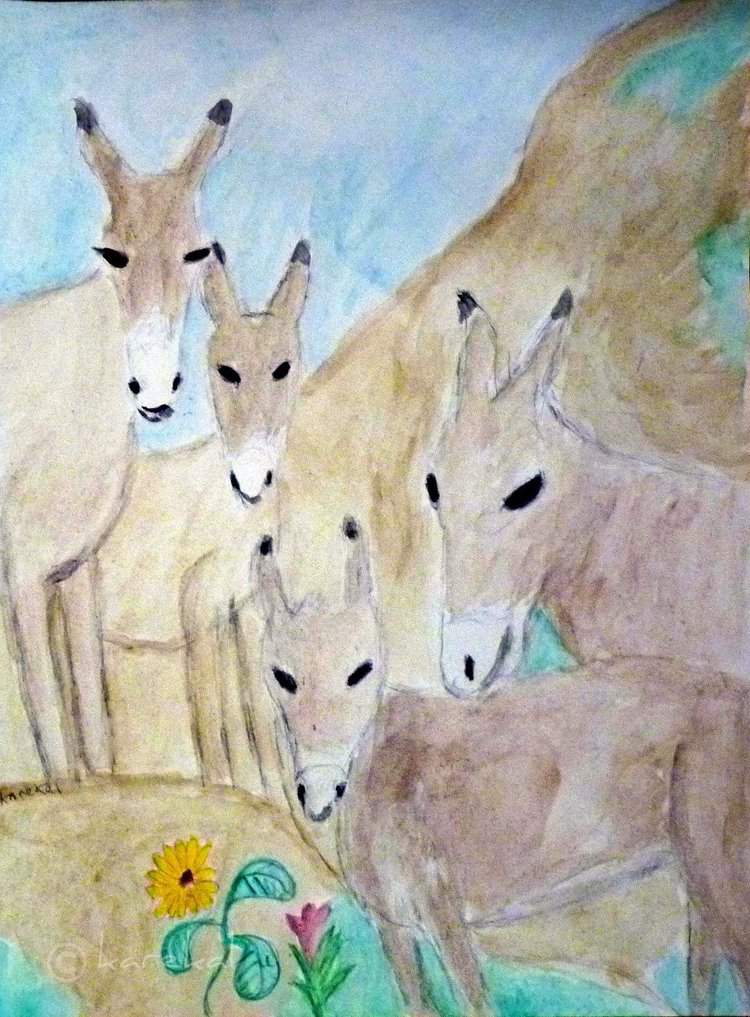
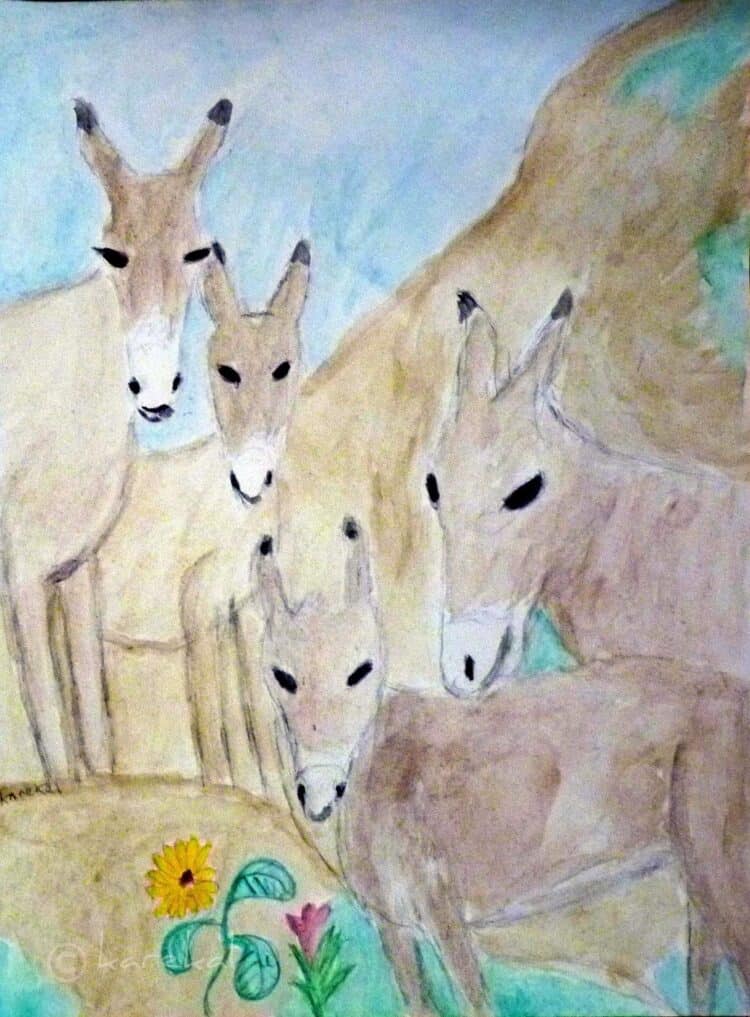
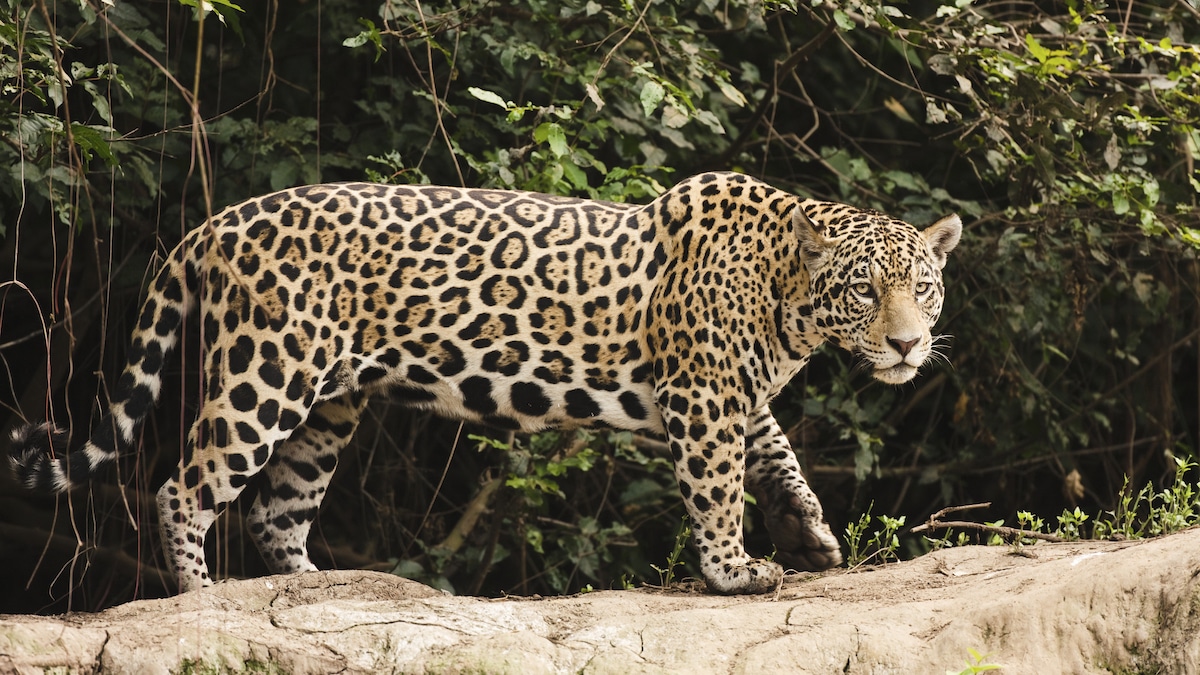
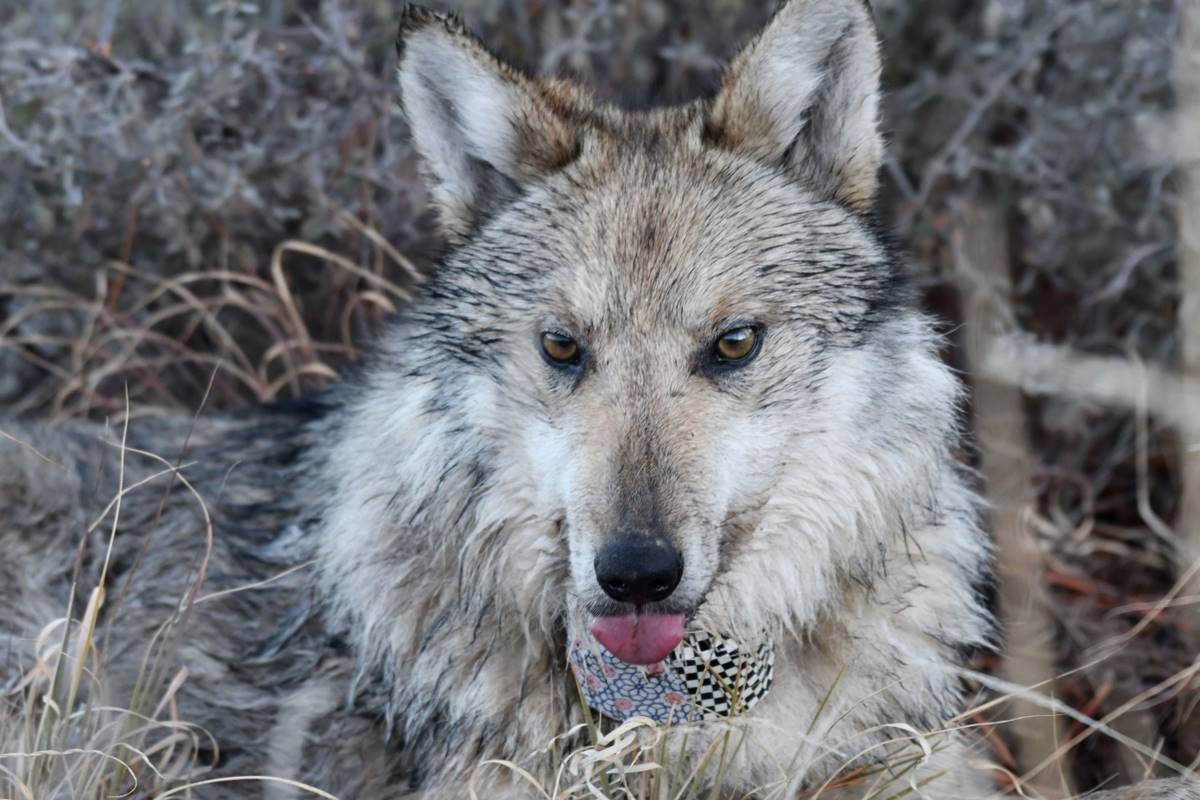
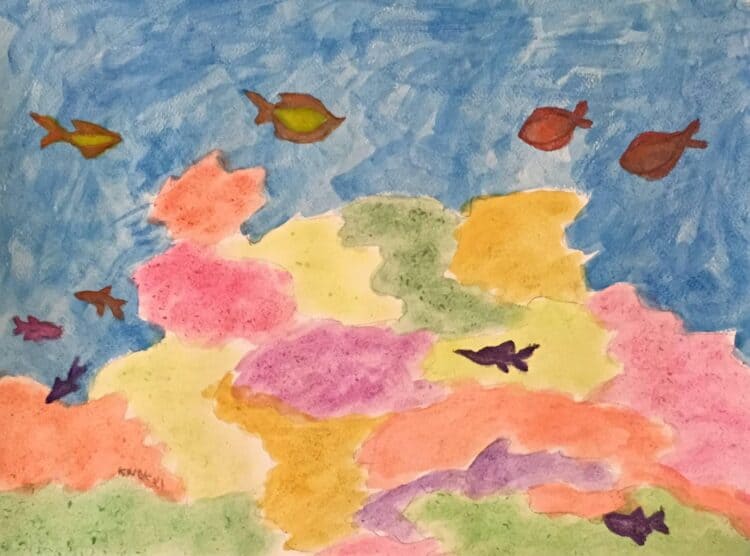
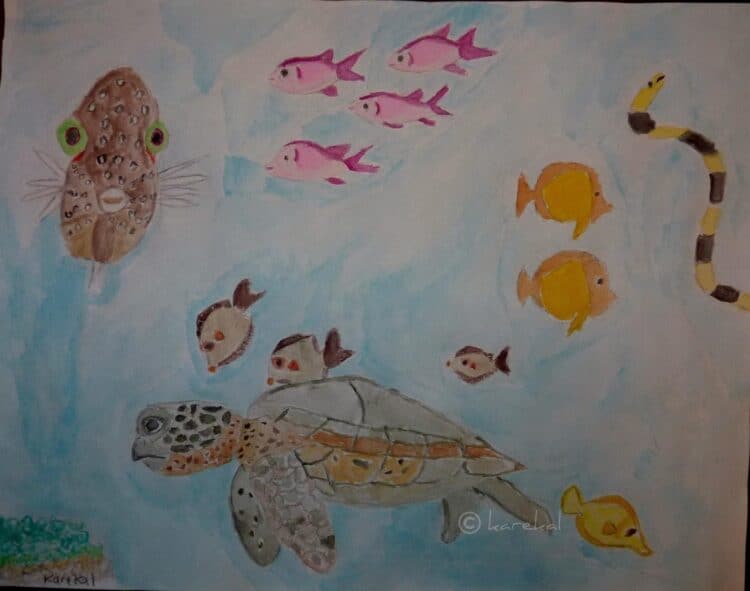
Leave a Reply